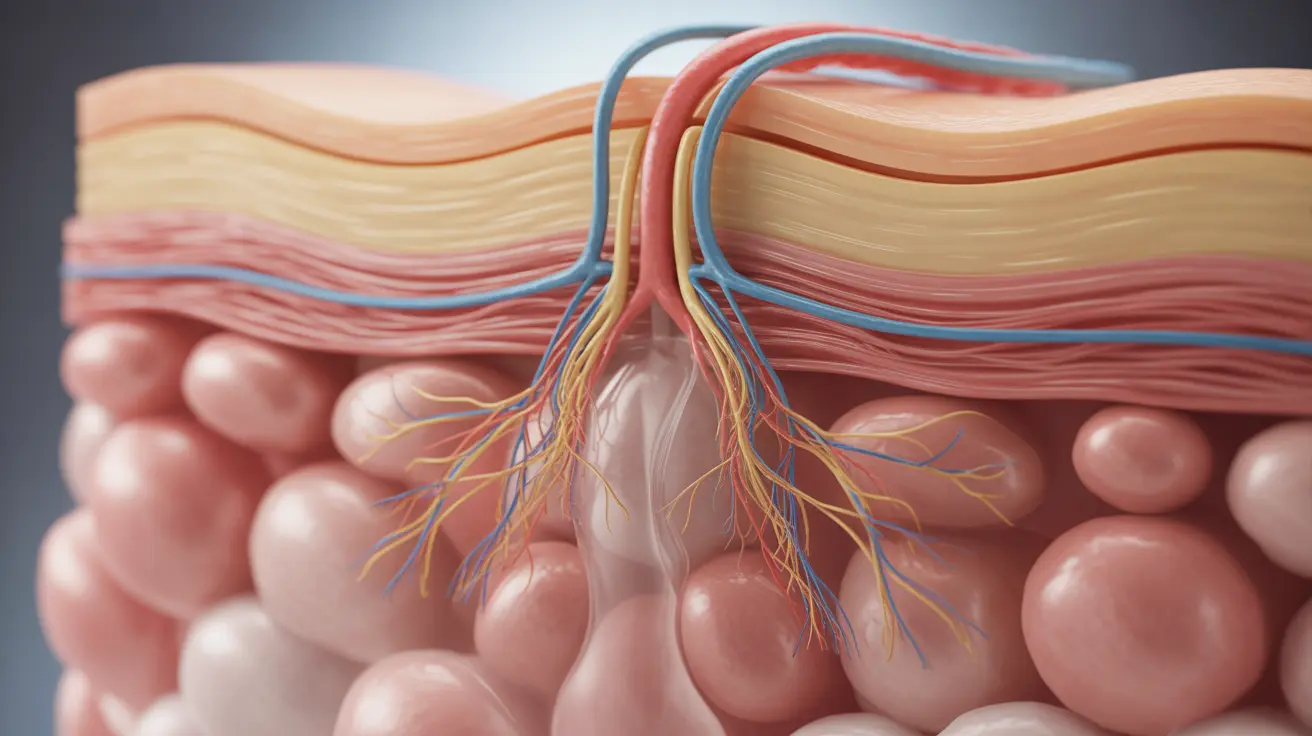When your skin becomes unexpectedly sensitive to touch without any visible signs like a rash, it can be both concerning and frustrating. This condition, known medically as allodynia, occurs when normally non-painful stimuli trigger pain or discomfort. Understanding the underlying causes and available treatments can help you manage this challenging condition effectively.
Understanding Sudden Skin Sensitivity
Skin hypersensitivity without a rash can manifest in various ways, from mild discomfort to severe pain when touching everyday items like clothing or bedsheets. This sensitivity might affect specific areas of your body or present as a more widespread issue, significantly impacting daily activities and quality of life.
Common Causes of Unexplained Skin Sensitivity
Several underlying conditions can trigger sudden skin sensitivity without visible symptoms:
Neurological Conditions
Nerve-related issues often contribute to skin hypersensitivity, including:
- Complex regional pain syndrome (CRPS)
- Peripheral neuropathy
- Multiple sclerosis
- Postherpetic neuralgia
Chronic Pain Conditions
Various chronic conditions can lead to heightened skin sensitivity:
- Fibromyalgia
- Migraine headaches
- Chronic fatigue syndrome
Other Medical Factors
Additional causes may include:
- Medication side effects
- Vitamin deficiencies
- Autoimmune conditions
- Hormonal changes
Diagnosis and Medical Evaluation
Healthcare providers typically diagnose unexplained skin sensitivity through:
- Detailed medical history review
- Physical examination
- Neurological testing
- Blood work to rule out underlying conditions
- Nerve conduction studies when necessary
Treatment Approaches
Managing sudden skin sensitivity often requires a multi-faceted approach:
Medical Treatments
Several medical interventions may help address skin sensitivity:
- Nerve pain medications
- Anti-inflammatory drugs
- Topical treatments
- Specialized pain management techniques
Lifestyle Modifications
Making certain changes in daily routines can help reduce discomfort:
- Wearing loose-fitting, soft clothing
- Maintaining consistent room temperature
- Using gentle, fragrance-free personal care products
- Avoiding trigger factors
Natural and Alternative Solutions
Several natural approaches may complement medical treatment:
- Gentle exercise and stretching
- Stress reduction techniques
- Acupuncture
- Mind-body practices like meditation
- Cold or heat therapy (as tolerated)
Frequently Asked Questions
Why is my skin suddenly sensitive to touch, even without a rash?
Sudden skin sensitivity without a rash often results from nervous system changes, underlying medical conditions, or medication side effects. Common causes include fibromyalgia, migraines, nerve conditions, or hormonal changes.
What are the most common causes of allodynia, and how is it diagnosed?
Allodynia is commonly caused by neurological conditions, chronic pain disorders, and autoimmune conditions. Diagnosis typically involves a thorough medical history, physical examination, and possibly neurological testing or blood work to identify the underlying cause.
How can I manage or treat allodynia symptoms, especially if it's linked to conditions like fibromyalgia or migraines?
Treatment often combines medication (such as nerve pain medications or anti-inflammatories), lifestyle modifications, and pain management techniques. For condition-specific symptoms, targeted treatments for the underlying disorder may help reduce sensitivity.
Are there any natural remedies or lifestyle changes that can help reduce sensitivity in allodynia?
Natural approaches include gentle exercise, stress management techniques, wearing soft clothing, maintaining stable environmental temperatures, and using gentle personal care products. Alternative therapies like acupuncture or meditation may also provide relief.
Can stress or anxiety trigger or worsen allodynia symptoms, and what strategies can help manage them?
Yes, stress and anxiety can significantly impact skin sensitivity. Managing these factors through relaxation techniques, regular exercise, adequate sleep, and possibly counseling can help reduce symptom severity. Some people find benefit in mind-body practices like deep breathing or progressive muscle relaxation.




